 W
WLieutenant General Sir Edward Cecil Bethune, was a British Army officer who raised and led his own regiment, Bethune's Mounted Infantry, in the Second Boer War and directed the Territorials in the First World War.
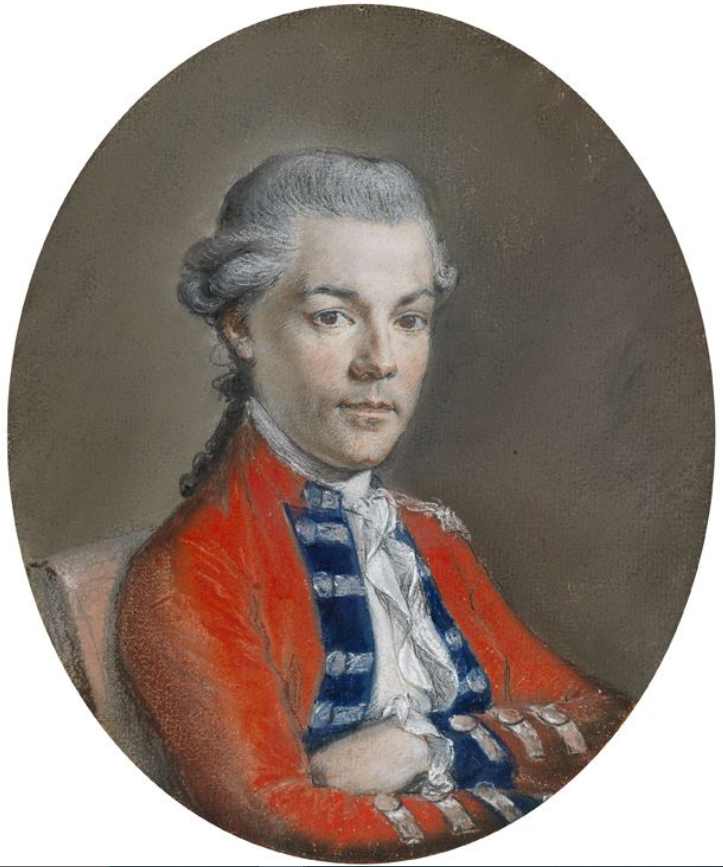 W
WGeneral Henry Lawes Luttrell, 2nd Earl of Carhampton PC was a politician and soldier. He was the son of Simon Luttrell, 1st Earl of Carhampton and brother-in-law of Prince Henry, Duke of Cumberland and Strathearn.
 W
WJames Cholmondeley was a British Army officer and Member of Parliament between 1731 and 1747.
 W
WField Marshal Stapleton Cotton, 1st Viscount Combermere, was a British Army officer, diplomat and politician. As a junior officer he took part in the Flanders Campaign, in the Fourth Anglo-Mysore War and in the suppression of Robert Emmet's insurrection in 1803. He commanded a cavalry brigade in Sir Arthur Wellesley's Army before being given overall command of the cavalry in the latter stages of the Peninsular War. He went on to be Commander-in-Chief, Ireland and then Commander-in-Chief, India. In the latter role he stormed Bharatpur—a fort which previously had been deemed impregnable.
 W
WMajor-General Henry Scott, 1st Earl of Deloraine KB was a Scottish peer and army officer.
 W
WTheodore Fawcett was an early settler in colonial Western Australia, and became a Member of the Western Australian Legislative Council.
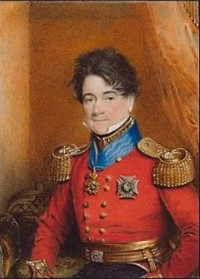 W
WGeneral Sir Thomas Hawker KCH was a British Army cavalry officer. Hawker began his career in the 11th Light Dragoons in 1795 and fought with them during the 1799 Anglo-Russian invasion of Holland. In 1804, he purchased the rank of major with the 20th Light Dragoons and served with them in Spain during the Peninsular War. He was promoted to command of the regiment in 1808. Hawker served in the force sent to occupy the Republic of Genoa in 1814 and shortly after was promoted to colonel and given command of a light cavalry brigade. Spending some time on half pay after the end of the Napoleonic Wars he returned to active service as lieutenant-colonel of the 13th Light Dragoons. Hawker was in the East Indies between 1822--26 and 1830-36 and was promoted to major-general in 1825. He was appointed a Knight Commander of the Royal Guelphic Order in 1837 and colonel of the 6th Regiment of Dragoon Guards in 1839. Hawker was promoted to the brevet rank of general in 1854.
 W
WGeneral Sir James Vaughan Jackson, GCB, KH was an Irish officer in the British Army.
 W
WMajor-General Sir Hugh McCalmont was an Anglo-Irish soldier, politician, and horseman. He was elected as an Ulster Unionist Member of Parliament for North Antrim in 1895, resigning in 1899 by becoming Steward of the Manor of Northstead.
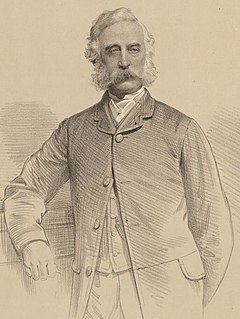 W
WColonel Edward Lewis Pryse was a British Liberal politician.
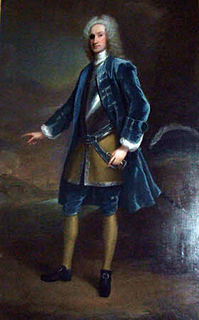 W
WField Marshal Sir Robert Rich, 4th Baronet was a British cavalry officer. As a junior officer he fought at the Battle of Schellenberg and at the Battle of Blenheim during the War of the Spanish Succession. He was then asked the raise a regiment to combat the threat from the Jacobite rising of 1715. He also served with the Pragmatic Army under the Earl of Stair at the Battle of Dettingen during the War of the Austrian Succession. As a Member of Parliament he represented three different constituencies but never attained political office.
 W
WGeneral Sir Baker Creed Russell was an Australian-born British Army officer who served with distinction in the Indian Mutiny, Anglo-Ashanti War, Anglo-Zulu War, Sekhukhune Wars, and Egyptian War
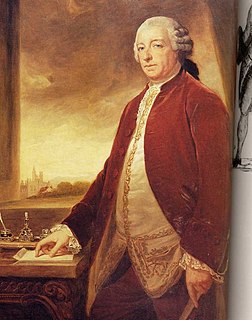 W
WGeorge Germain, 1st Viscount Sackville, PC, styled The Honourable George Sackville until 1720, Lord George Sackville from 1720 to 1770 and Lord George Germain from 1770 to 1782, was a British soldier and politician who was Secretary of State for America in Lord North's cabinet during the American War of Independence.
 W
WRichard Lumley, 1st Earl of Scarbrough, was an English soldier and statesman best known for his role in the Glorious Revolution.
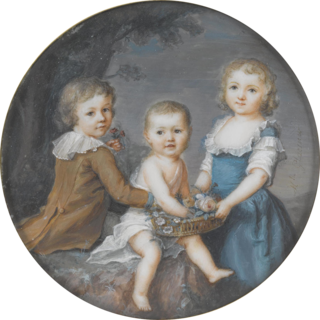 W
WLord Robert Seymour was a British politician who sat in the Irish House of Commons from 1771 to 1776 and in the British House of Commons from 1771 to 1807. He was known as Hon. Robert Seymour-Conway until 1793, when his father was created a marquess; he then became Lord Robert Seymour-Conway, but dropped the surname of Conway after his father's death in 1794.
 W
WField Marshal Richard Boyle, 2nd Viscount Shannon PC was a British military officer and statesman. After serving as a junior officer at the Battle of the Boyne during the Williamite War in Ireland and at the Battle of Landen during the Nine Years' War, he commanded a brigade of grenadiers during the storming of Vigo during the War of the Spanish Succession. During this engagement the entire French fleet, under the command of the Marquis de Château-Renault, together with the Spanish galleons and transports under Manuel de Velasco, were either captured or destroyed. He also took part in a successful raid on Barcelona three years later. He went on to serve as Commander-in-Chief of the Royal Irish Army throughout the 1720s and 1730s.
 W
WMajor General Sir Nevill Maskelyne Smyth, was a senior officer in the British Army and a recipient of the Victoria Cross, the highest award for gallantry in the face of the enemy that can be awarded to British and Commonwealth forces.
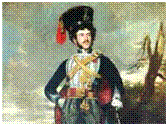 W
WSir William Drummond Stewart, 7th Baronet was a Scottish adventurer and British military officer. He travelled extensively in the American West for nearly seven years in the 1830s. In 1837 he took along the American artist, Alfred Jacob Miller, hiring him to do sketches of the trip. Many of his completed oil paintings of American Indian life and the Rocky Mountains originally hung in Murthly Castle, though they have now been dispersed to a number of private and public collections.
 W
WSir John Talbot was an English politician, soldier, and landowner, who was Member of Parliament for various seats between 1660 and 1685. He held rank in a number of regiments, although he does not appear to have seen active service.
 W
WThomas Edward Taylor PC, was a British Conservative Party politician. He served as Chancellor of the Duchy of Lancaster in 1868 and between 1874 and 1880 under Benjamin Disraeli.
 W
WMajor-General Thomas William Taylor of Ogwell House, West Ogwell, in Devon, was a British Army officer who became Lieutenant-Governor of the Royal Military College, Sandhurst.
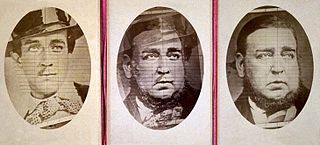 W
WThe Tichborne case was a legal cause célèbre that captivated Victorian England in the 1860s and 1870s. It concerned the claims by a man sometimes referred to as Thomas Castro or as Arthur Orton, but usually termed "the Claimant", to be the missing heir to the Tichborne baronetcy. He failed to convince the courts, was convicted of perjury and served a long prison sentence.
 W
WSir John Christopher Willoughby, 5th Baronet DSO was a British army officer, Justice of the Peace for Oxfordshire, and landowner of properties in Oxfordshire and Buckinghamshire.
 W
WWilliam Windham, of Earsham, Norfolk, was a British Army officer, landowner and politician who sat in the House of Commons from 1722 to 1730.